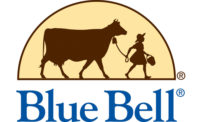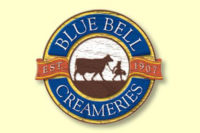
Led by ARS microbiologist Mark Berrang, a research team conducted tests for the presence of Listeria in a brand new commercial cooking facility before and after processing began. Starting with a clean slate made it easy to track sources of contamination for the team from the Bacterial Epidemiology and Antimicrobial Research Unit at the agency’s
Potential sources of Listeria were tested by taking samples of soil and water around and near the plant’s exterior, and by testing heavily-traveled floor surfaces following personnel shift changes. In addition, samples were collected and tested from incoming air vent filters and from monthly swabs of incoming raw meat. The facility was free of Listeria when it was first built. Floor drains in the plant were sampled monthly to determine when the plant would become colonized with Listeria.
Within four months of operation, Listeria was detected in floor drains, indicating that the bacteria had been introduced from some outside source. Of all the samples taken in the plant entryways, locker room, cafeteria and air vent filters, no Listeria was found. The only source that tested consistently positive for Listeria was the incoming raw poultry meat.
Quality assurance in the test plant was exceptional and included an extensive, proactive sampling plan to assure food safety. Sanitation, biosafety and product sampling protocols are in place to prevent shipping contaminated product.
For more information on the study, Tracing Listeria monocytogenes in a Commercial Chicken Plant, visit the Journal of Food Protection.




